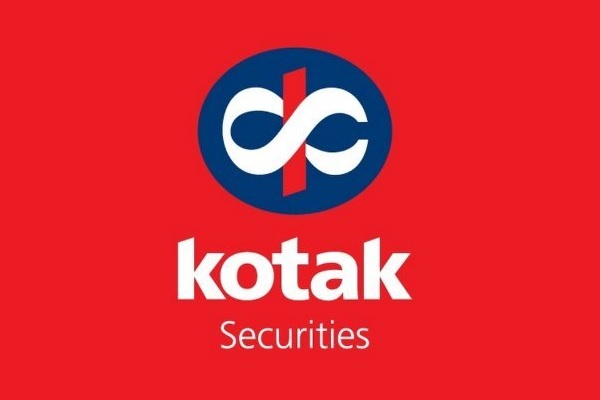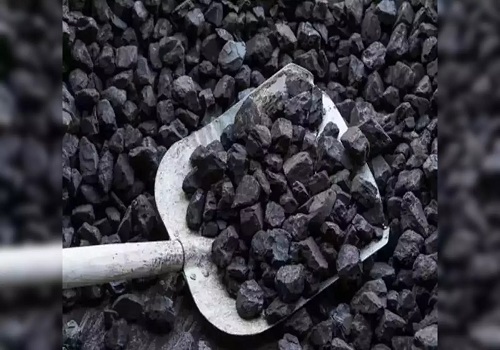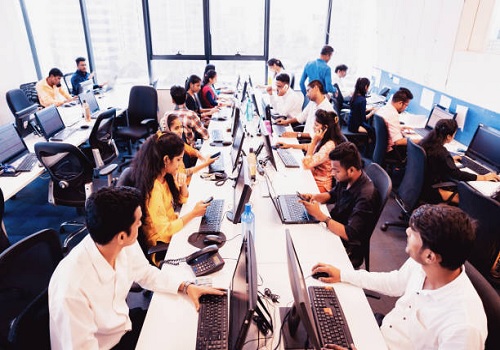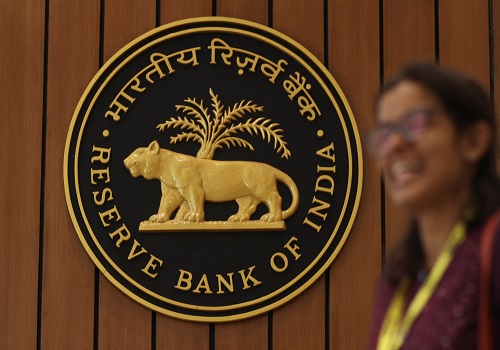Tomato price shock hits Indian restaurants, cheaper puree sales boom
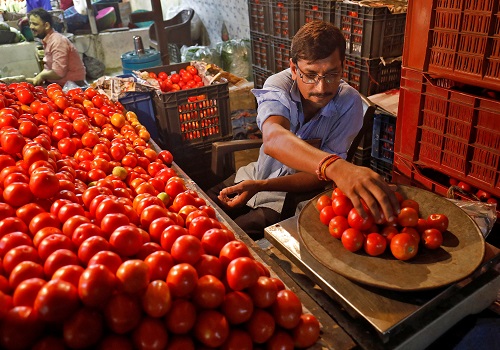
Many Indian restaurants are cutting back on tomatoes in their popular dishes and consumer companies are ramping up production of cheaper purees that are flying off the shelves, after prices surged more than 500%.
Used widely in Indian cooking, prices of tomatoes have hit record highs in recent weeks as monsoon rains disrupted supplies at a time when seasonal production is typically low, forcing the government to organize mobile vans for subsidised sales.
Many McDonald's and Subway outlets have dropped tomatoes from their menu items, citing quality issues, but higher food prices are having a broader impact across the industry, while pushing headline inflation numbers above the central bank's medium-term target.
Consumers, already struggling with rising living costs, are desperate for cheaper options.
Milk and vegetable retailer Mother Dairy has seen a 300% jump in tomato puree sales in the last 15 days in New Delhi, a spokesperson said. Indian consumer giant Dabur said it has ramped up production of puree to meet growing demand.
Puree sales at Tata's online shopping website BigBasket surged 175% in early July, with senior executive Seshu Kumar saying customers who earlier bought an average of 1 kg fresh tomatoes per order were buying half of that.
Amazon said demand for tomato puree on its platform rose five times over the past month, while ketchup sales rose 30%.
Packs of puree typically contain around 40% tomato paste and the rest water, and cost 130 rupees/kg. Tomato prices on Wednesday in New Delhi were 199 rupees/kg, from around 30 rupees in April. Puree prices have so far not changed.
"With the prices going over 100 Indian rupees ($1.22), I tried to experiment with tomato ketchup for Indian gravies ... Not everyone in the family liked it," said 34-year-old Pravieen Sridhar, who runs a laundry business in Chennai.
Google Trends data shows the number of online searches for terms "tomato puree" and "tomato puree 1kg price" in recent weeks in India have been highest in the last five years.
Crop damage and transportation woes due to rain have also led to a rise in prices of other vegetables. Surging food prices accelerated India's annual retail inflation rate in June to 4.81%, snapping four months of easing and fuelling bets that the central bank will keep interest rates high into mid-2024.
Vegetables are a politically-sensitive commodity in India, where average per-capita income was estimated to be around $200 per month in 2022-23. Price spikes in onions – another key ingredient used in Indian cooking - contributed to the fall of more than one state government in the past.
Food sellers - big and small - are battling high tomato prices.
In a New Delhi business district, Birju, who sells a cheap bread-and-pea street food which typically comes with tomatoes, said he now uses the expensive item only as a garnish, and only when people push for it.
"Customers understand I am not using it because I haven't increased prices," he said, gesturing to a single piece of tomato on his cart, as he cooked on a hot afternoon.
Pradeep Shetty of the Hotel and Restaurant Association of Western India said many outlets have stopped using fresh tomatoes in salads and are switching to more purees.
"Chefs are also trying to find ways to bring the sourness of tomatoes through other agents like tamarind."
At a restaurant in south Delhi, owner Raj Kumar has resorted to a 12% hike in prices of tomato-based, cottage cheese gravies which are devoured by customers.
"If the rates remain like this, we might have to think about our prices again," he said.
